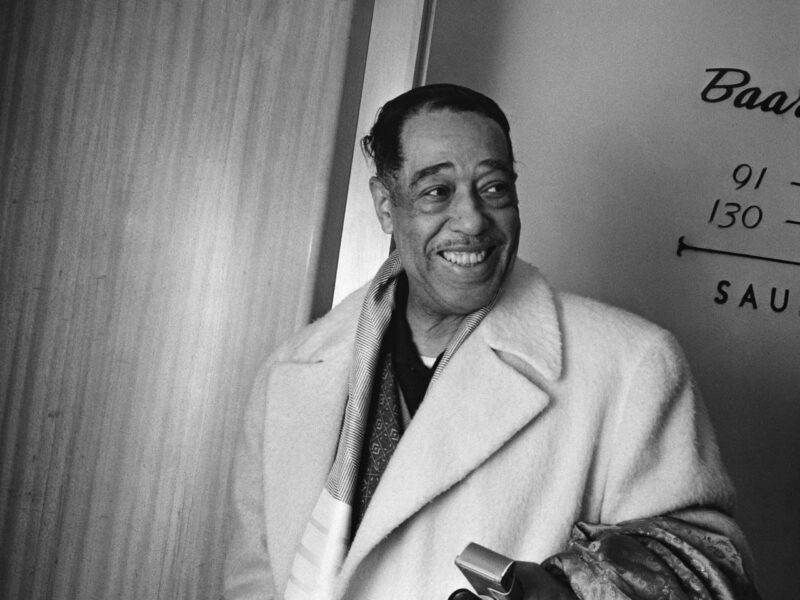I picked up a used copy of Peter Hamill’s Why Sinatra Matters (Little, Brown, 1998) in a Burlington, VT bookstore, sat down, and knocked it off in two pleasurable sittings. In the intro, Hamill states, “This book does not pretend to be the final word on Frank Sinatra.” He goes on to say that his purpose is to present “aspects of this man that should be remembered and honored.” I enjoyed this short and thin book for its focused take on music, culture, history (esp. the saga of the Italian immigrants), and the man himself.
Similarly, I enjoyed the rather thick new bio on my first boyhood sports hero: Willie Mays – The Life, The Legend by James S. Hirsch (Scribner, 2010). While most of the “Say Hey” kid’s records have been surpassed – Then again, like Ted Williams, his hitch in the military slowed him down. – ask any of baseball’s oldest timers to identify the greatest catch, throw, or hit they ever saw, and Willie’s name comes up more often than any other. His career spanned the Negro Leagues, the advent of integration of the major leagues, and the expansion to the west coast. To view it through another angle, he’s the only player to play in four New York City ballparks: The Polo Grounds, Ebbets Field, Yankee Stadium, and Shea.
The Road to Woodstock by Michael Lang (HarperCollins, 2009) tells the story of the famous rock festival through the eyes of the man who dreamed it and pulled it off. Featuring a series of remembrances, it’s one of those books you can open to any page and find something interesting. Although I didn’t make the show, my favorite set on the album has always been the one served up by Sly & The Family Stone. For me, it was cool to learn that a lot of the other musician’s thought so as well. Fun book.
Having waded through some of the lengthy tomes on the great man, I wasn’t sure there was much more to learn. However, Churchill by Paul Johnson (Viking, 2009) serves up the distilled historical analysis of which he is a true master – e.g., A History of The American People and Modern Times. This 170-Page book is required reading for Churchill buffs as well as anyone seeking an understanding of the 20th century.
I’ve read most of Greil Marcus’ books (See Mystery Train) and snatched up his latest as soon as I saw the picture of Van Morrison on the cover. While a bit preachy, When That Rough God Goes Riding – Listening to Van Morrison, presents a unique perspective on Van the man as an artist. I was right with him until I got to the part where he essentially dismisses a 16-year span of albums beginning with Common One (1986) and ending with Tell Me Something (1996), a collaboration with Mose Allison and Ben Sidran that I like a lot. (This span also includes some of my favorite songs – e.g., “Cleaning Windows” and “Daring Night.”) I actually found myself getting angry. Maybe that’s the sign of a good book?
Onward, Malcolm Gauld


